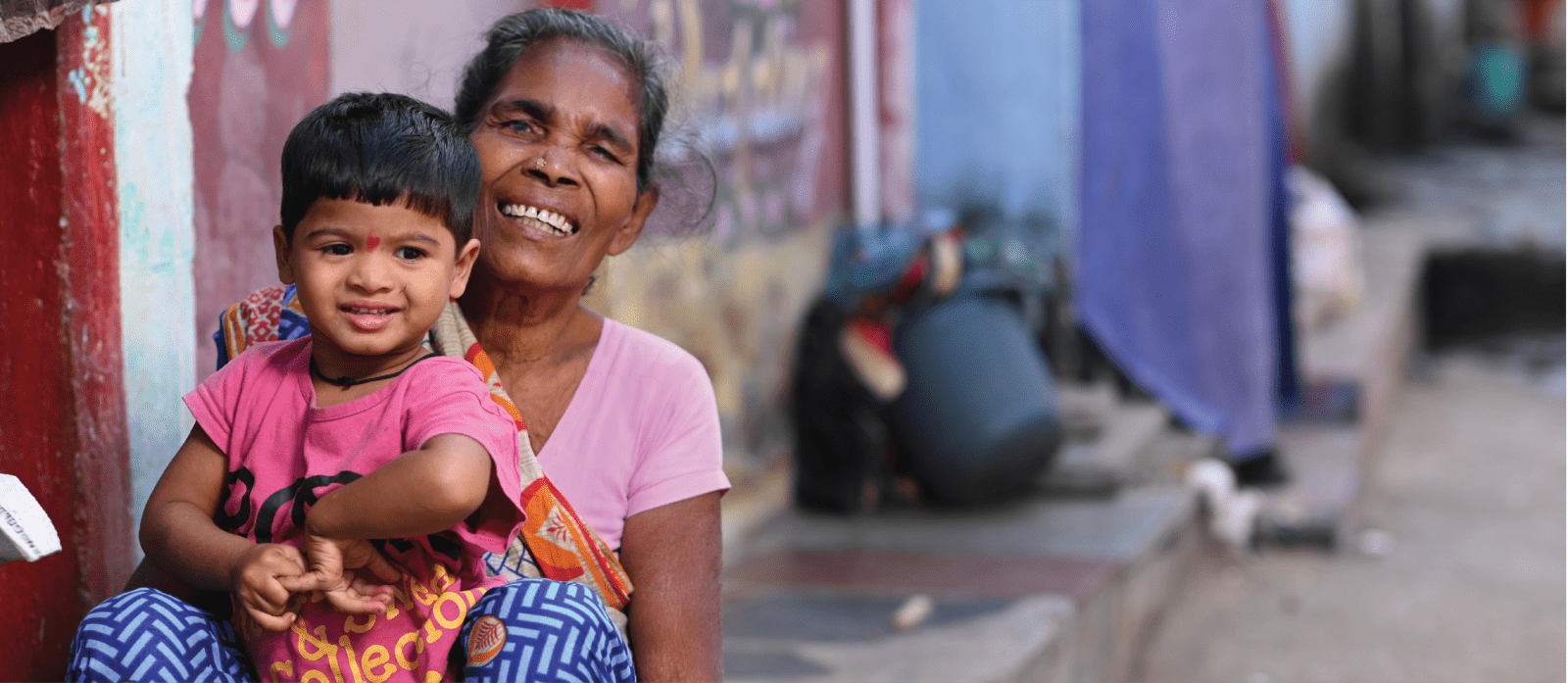Touted as a “roadmap to achieve development and child protection priorities”, Mission Vatsalya is a scheme that aligns with the global Sustainable Development Goals. Introduced as a strengthening tool of the Juvenile Justice Care and Protection system, Mission Vatsalya is backed by the motto of “Leaving No Child Behind”.
Ensuring all-round development of children, this scheme lays emphasis on child rights, advocacy and awareness, making use of statutory bodies, delivery structures, institutional and non-institutional care/services, emergency outreach services and training and capacity building.
With 10 must-know facts let’s learn about Mission Vatsalya in an easy, yet insightful way.
1. Mission Vatsalya keeps the Best Interest of Child at the Core
Best Interest of the Child (BIC) is one of the overarching guiding principles of children’s rights. This principle entails keeping the child and his/her well-being before making any decision concerning him/her. While designing or delivering projects and programmes under Mission Vatsalya, affirmative actions are planned that ensure a child’s right to grow in a happy family environment. Ensuring children’s right to survival, development, protection, and participation are the driving force here.
2. The Scheme Employs a Coordinated Network with Allied Systems
The execution of Mission Vatsalya’s objectives relies on appropriate inter-sector response at all levels. This network of all allied systems collaborate by identifying cases of vulnerability, risk and abuse, create and promote preventive measures, and deliver these services at the community level. The Scheme encourage private sector partnerships and interventions too.
3. Mission Vatsalya Engages Communities
Identifying the vital role of a wholesome, aware and community in the protection and safeguarding of child rights, Mission Vatsalya engages communities at multiple levels to equip families and communities to identify risks and implement preventive measures.
4. Involves Participation of Panchayats and Municipal Local Bodies
At the village, ward and urban cluster level panchayats and municipal local bodies in multiple roles to meet the goals of Mission Vatsalya. Some of the functions of these bodies include vulnerability mapping, sustained assessment of issues, implementation of interventions, resource mapping in terms of family strengthening services, and regular monitoring to develop a robust social safety net for children.
5. Mission Vatsalya Prioritizes Family-Based Care
At the core of the Scheme is the belief that family-based care trumps institution-based care for vulnerable children. While advocating for family-based care, Mission Vatsalya puts institution-based care as a last resort only. This approach identifies the role of a family in a child’s life, whereby they can grow in a safe, secure environment, protected form external threats and experience love and caring. To promote family-based care, a monthly grant of Rs 4,000 per child is provided to the state government.
6. Mission Vatsalya has Special Provisions for Adolescents and Young Adults
For children who are old enough to leave the Child Care Institutions on turning eighteen years of age, Mission Vatsalya supports their education, offers up-skilling courses to enhance their employability and placement, offers industry apprenticeships. Loan support for young entrepreneur is also offered, along with affordable accommodation to facilitate their reintegration into mainstream society.
7. Mission Vatsalya is a Remodeled Child Protection Services Scheme
Before 2009, the Ministry of Women and Child Development implemented three schemes:
- Juvenile justice program for children in need of care and protection and children in conflict with the law.
- Integrated program for street children.
- Scheme for assistance to children’s homes.
In the next year, these schemes merged into the Integrated Child Protection Scheme, which was later renamed as the Child Protection Services Scheme. This scheme was then reintroduced in 2021-22 as Mission Vatsalya.
8. It is a Part of a Triad of Schemes
The Cabinet had passed three crucial umbrella schemes to be implemented in mission mode:
Mission Poshan 2.0 – Integrated Nutrition support Programme
Mission Shakti – Lifecycle Support System for Women and
Mission Vatsalya – Healthy & Happy Childhood for Every Child in India.
9. The Mission has a Unified Portal and a Child Helpline
The mission portal comprises a unified digital platform for children in varied pressing circumstances, including those gone missing, orphaned or abandoned. The listing then helps authorities to map vulnerable children with government institutions and services so that their care and development can be the guidelines stated.
Furthermore, A round-the-clock helpline is set up under Mission Vatsalya in partnership with states and districts for children. This helpline is integrated with the Emergency Response Support System 112 (ERSS-112) helpline.
10. A Relief Scheme under the Mission Cares for Minor Girls who Are Victims of Rape
In 2023, the Central Government announced a special scheme under Mission Vatsalya, which aims to provide integrated support and assistance to girl child victims. The scheme recognizes the trauma faced by minor rape victims, and offers medical, financial and infrastructural support to victims in cases where the sexual assault has resulted in pregnancy. In accordance, the scheme facilitates maternity, neo-natal and infant care, psychological and legal support.





